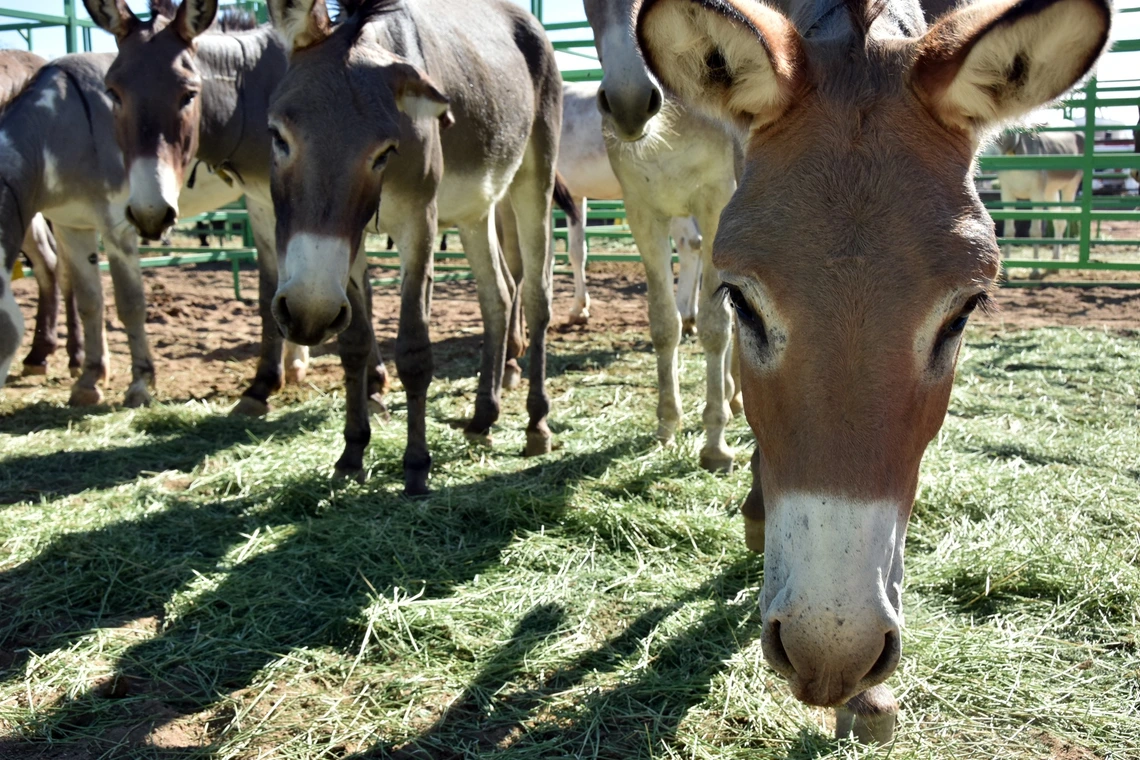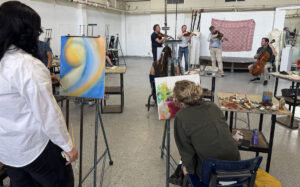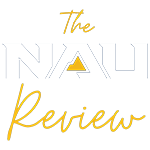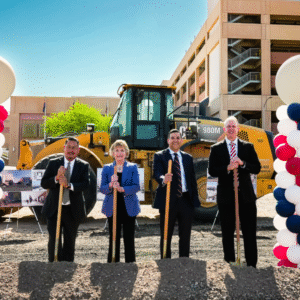In the heart of Arizona, veterinary students from the University of Arizona are gaining invaluable experience outside the traditional classroom setting. Jason Simmons and his peers have embarked on a hands-on learning journey at the College of Veterinary Medicine, where they care for wild horses and burros in Florence, Arizona.
Last fall, Simmons and a few classmates dedicated themselves to a month-long medical mission at the Florence Wild Horse and Burro Training and Holding Facility. This experience allowed them to provide critical medical care to hundreds of animals, working closely with facility staff and inmates.
The facility, a collaborative effort between the Bureau of Land Management and Arizona Correctional Industries, operates the Wild Horse Inmate Program. Through this initiative, inmates contribute to animal care as part of their rehabilitation process. “Some days, we would perform surgeries on 30 or 40 burros,” Simmons shared. “Other days, we were administering vaccines, microchipping, or helping with blood tests to track potential infectious diseases.”
John Hall, who oversees the bureau’s Wild Horse and Burro Program, explained the facility’s dual purpose: offering practical training for students and inmates while ensuring the well-being of the animals. The goal is to domesticate these animals and place them in adoptive homes. “We have an excess number of animals in almost every state, including Arizona,” Hall stated. “We care immensely about these animals and about the environment. That is why this whole program exists: We want to maintain a thriving ecological system.”
Recently, the partnership between the Bureau of Land Management and the University of Arizona has been solidified, enhancing veterinary education in the state. Dr. Luise King, assistant professor of practice, emphasized the importance of this collaboration, especially given the shortage of equine veterinarians nationwide. The program aims to inspire more students to pursue careers in equine and rural veterinary medicine by immersing them in a high-volume, large-animal setting.
Working at the Florence facility was a transformative experience for Simmons, who found the hands-on exposure to undomesticated animals invaluable. The fast-paced environment required him to quickly adapt and refine his clinical skills. “When you’re working with the volume of animals we did in Florence, I was able to use my clinical skills over and over until I became really good at them,” Simmons said. This experience proved beneficial during his subsequent rotation with the Arizona Humane Society.
Dr. Bonnie Price, associate dean of clinical relations, highlighted the program’s role in helping students apply classroom knowledge in real-world settings. Unlike the typical four-year veterinary programs in the U.S., the University of Arizona’s curriculum spans three years, culminating in diverse clinical experiences, including rotations in specialty fields.
The partnership with the Florence facility also offers students insights into population management of large animals, a practice not typically encountered in traditional settings. Price noted the program’s alignment with the university’s commitment to student success and its land-grant mission, underscoring the vital role veterinarians play in managing feral animal populations.
Through this unique educational opportunity, Simmons and his classmates are gaining crucial skills and knowledge, preparing them to contribute meaningfully to the field of veterinary medicine and the broader community.
Read More Here












Be First to Comment